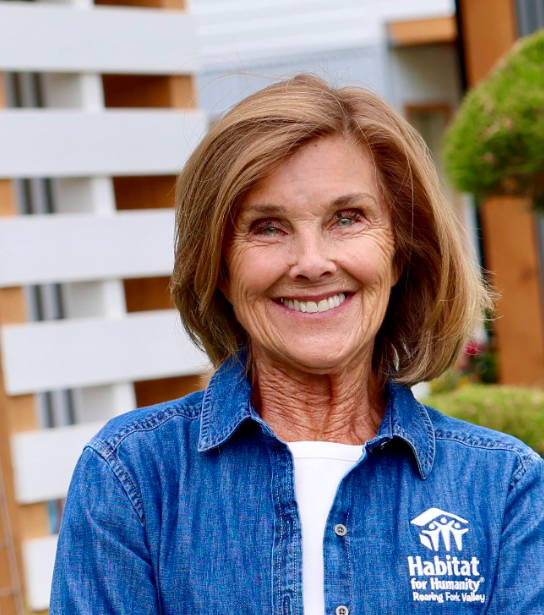Schwartz: Affordable Housing Doesn’t Compromise Community Values, it Preserves Them
This past year in the City of Aspen Community Survey, only 29% of local respondents were satisfied with the city’s progress toward making Aspen livable — which is a significant decrease from 45% in 2019.
Who were the residents least satisfied with their quality of life in Aspen? Residents 18-44 years old earning $100,000 or less annually. Basically, our employment base. The reason for their dissatisfaction? Aspen’s declining livability and economic vitality.
It’s not hard to see the bird’s-eye view of the crisis in the greater Roaring Fork Valley: In 2019, it was determined that 4,000 more homes were needed to adequately house the regional workforce, and that remains the case today. Further exacerbating the problem is the influx of new homeowners as a result of the urban exodus during COVID.
In order to sustain our workforce, keep our young families, maintain a growing retirement community, and support our economic vitality, it is essential and incumbent upon us to create affordable-housing solutions that meet our current needs and future demands. When there is a lack of affordable housing in our community, there is also a lack of stable working families when they are paying far beyond their means for rent, often commuting up to three hours per day, and living in substandard and crowded conditions — which inevitably diminishes their willingness to remain part of our workforce and our communities long term.
The solution isn’t as simple as recruiting more or new people to the valley. We all know that the best chance for a working family to make it in this valley is to gain a hard-earned foothold — starting with finding a place to live — and then finding ways to navigate the system. Newcomers hardly stand a chance.

Because local housing for our vital employees has become so unaffordable, our communities are at risk, and our economy is at risk.
The sense of urgency is before us every day — it’s “help wanted” signs in the windows, visible reminders to customers to “treat staff nicely”; businesses with limited operation hours; and services that are simply no longer available at all due to a lack of staffing. What presents as a profound problem in a resort market like Aspen is playing out throughout the region. Relying on the bedroom communities “downvalley” for our workforce is no longer viable because those communities have a housing problem of their own.
Solving the housing crisis isn’t simple, but it is possible if every person in our broader community believes that they have a role to play. We must move beyond the days when we pointed to someone else to solve the problem. No one stakeholder has all of the tools.
Government can create the policies and incentives that pave the way for development of affordable housing; employees and business owners could show up and make their voices heard at public meetings; we can make individual donations or volunteer at Habitat for Humanity to build more homes; or share our personal stories in letters to the editor — but all that alone is not enough.
It is time for our philanthropic community to recognize affordable housing as one of the most important investments one can make in protecting the quality of life for everyone in the region, but that alone also isn’t enough. In order for us to collectively tackle this problem, it will take every one of us as stakeholders intersecting the crisis at the level we can with the resources we have.
The bottom line is our local real-estate market is up by historic levels while payrolls are not keeping up. Our community is at risk and our economy is at risk if we don’t start building an affordable-housing inventory to get ourselves out of the crisis we are in. If we can bring everyone to the table, we can figure out how to build at scale affordably, which won’t compromise our values but will instead preserve them.


